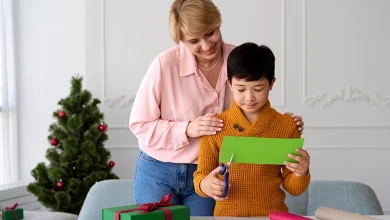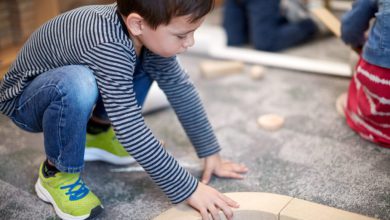Rich, Meaningful, (and Useful) Documentation: Reflections From a Former Teacher on Quality Observations
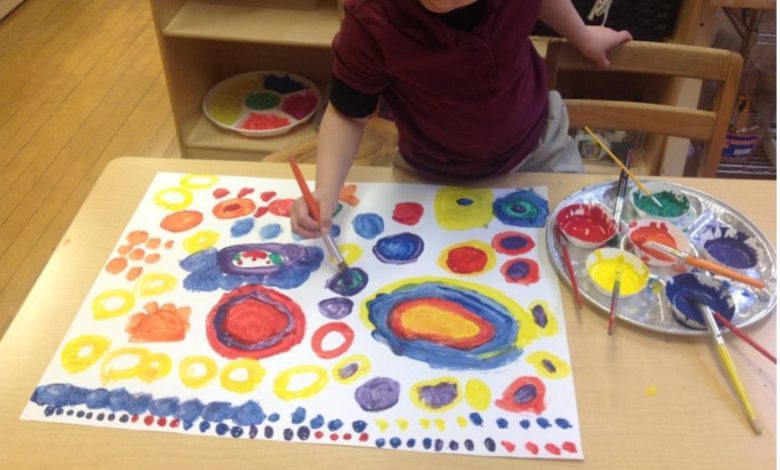
With the first collection period coming to a close for many early childhood professionals, now is a perfect time to reflect on how we gather documentation on the children in our care. As a former preschool and kindergarten teacher, I understand how collecting observations can feel like a daunting task. Yet, as I grew as a professional and refined my observation skills, I discovered how to garner documentation in ways that provided robust information and enabled me to strengthen my responsiveness to children’s needs in a manageable way.
As you continue your documentation journey, I invite you to read about three strategies that helped me—and continue to help me—grow as a reflective and intentional practitioner.
Balance Observation Settings
Gathering documentation in a variety of settings and times of the day enables you to create a well-rounded portfolio of children’s current levels of development.
Observing children during teacher-led experiences, such as small-group time, is valuable: it often helps you observe skills that you may not find children naturally displaying as frequently on their own. For example, you may decide to facilitate an Intentional Teaching Experience related to rhyming and plan to intentionally observe three out of the five children in the small group. Because you are using this Daily Resource, you can feel confident that, at minimum, you will observe skills related to Objective 15a, “Notices and discriminates rhyme.”
In contrast, observing children when they are deeply immersed in self-directed play, such as during choice time, allows you to capture detailed information related to children’s approaches to learning, language, and social–emotional skills. This type of observation is more fluid. You may spend time with several children, and the objectives you observe are dependent on child-initiated play.
That being said, of course rich literacy and mathematics experiences are constantly unfolding during children’s self-directed play, just as deep cognitive processes are engaged during small-group time. Understanding the value of each type of documentation and ensuring you are gathering information on various objectives in both settings will keep your documentation balanced.
Details Matter
Taking photographs using the GOLD Documentation App is always helpful, and this method of capturing documentation is a personal favorite of mine. However, a photograph alone rarely captures the rich learning that is taking place. Rather, pairing photographs with quotes from the children or descriptions of a creation will provide more detailed information that can be connected to numerous objectives.
Anecdotal documentation provides authentic information about children as individuals, their interests, and what they can do. Dictated documentation, such as the example below, allows teachers to meet children naturally and intentionally where they are, while keeping the assessment invisible to the child.
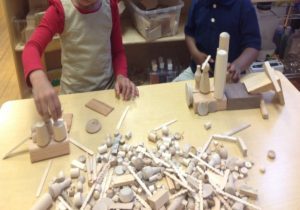
Ruby and Xavier build alongside each other for 25 minutes. This is the fourth time they have chosen to play together this week.
Ruby: Miss Katie, Miss Katie! A bridge, water under the bridge. This one can be the water. This is curved. I can make a c without a marker. I’ll choose the curved one.
Xavier: Here is the wheels, I made a car. I got to drive it and some wheels. I have to add a little bit more. I need a cylinder, a different kind of wheel. This one, I add this one for the bridge. I need something else to hold it. There, that’s better. What about my wheels? They fell off my car.
Ruby: You can have my wheel.
Xavier: No, that’s a tire.
Ruby: A tire is another word for wheel. It had the /t/ sound.
Objectives for Development and Learning
2d. Makes friends
3a. Balances needs and rights of self and others
9b. Speaks clearly
10a. Engages in conversations
11a. Attends and engages
11e. Shows flexibility and inventiveness in thinking
14a. Thinks symbolically
Follow Children’s Lead
Responding to children as they play is an essential aspect of any early childhood educator’s day. Offering specific feedback, asking scaffolded questions, and even remaining a silent observer are all choices we make each time we interact with young children. Being intentional in making those choices can make a powerful difference in the connections you form with children, the ways they see themselves as capable learners, and the ways they learn to interact with others.
Consider the example below: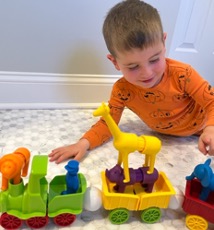
Lawrence independently builds with magnetic figures. He takes pieces apart and puts them together, testing a variety of possibilities. The teacher sits nearby and offers an interested smile. Lawrence exclaims, “The giraffe is on top! He is getting a piggyback ride! My Dad gives me a piggyback ride too! The elephant is waiting his turn.”
Based off what the teacher has learned about Lawrence’s thinking, she is able to engage with him in ways that both relate to his ideas and support the development of the skills he is displaying related to Objective 9d, “Tells about another time and place” and Objective 21a, “Understands spatial relationships.”
By following Lawrence’s lead, rather than asking probing questions, the teacher can gather meaningful assessment information while also scaffolding his learning and strengthening their relationship without taking over the play or changing his ideas.
Celebrating practices that already work well for you while also considering areas with room for improvement are both powerful reflective tools that will help you to solidify a system that allows you to grow as a professional and strengthens your observation skills.


